How, when, and how much: the ultimate guide to carbohydrates for cyclists
In a very short time, we have gone from watching and experiencing great races with birds in competition to witnessing how cyclists are increasingly able to perform better and better as the kilometers pass, and that is not only due to training. One of the key factors of the cycling model is how energy is managed. And in that field, carbohydrates are the central pillar.
Carbohydrates in cycling: how much, when, and why they matter more than you think
Every pedal stroke demands energy in the form of ATP (the main molecule that transports energy in cells), and the body mainly obtains it from glycogen: the way we store carbohydrates in muscles and liver.
When those stores are depleted, the dreaded bonk arrives: lack of energy, loss of strength, and a feeling of physical and mental blockage.
That's why cyclists who understand their nutrition as part of their training perform better, recover better, and go further with the same workload.
RECOMENDADO
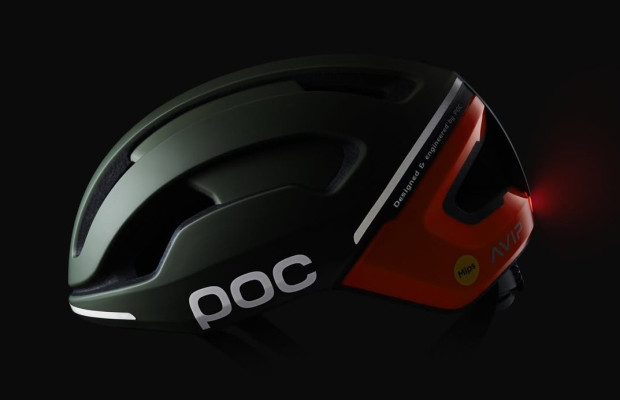
Black Friday 2025 cycling bargains: save on Garmin, POC, Maxxis and more
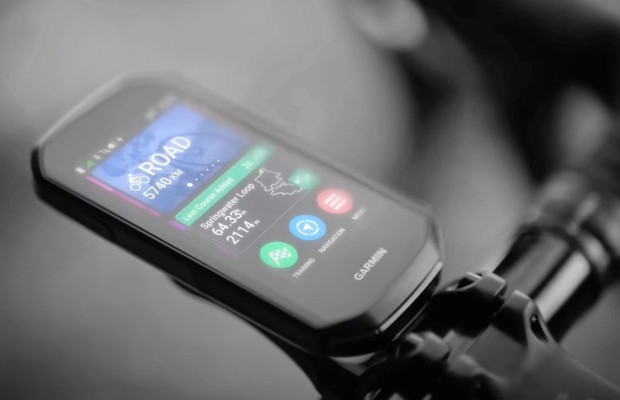
Black Friday Garmin 2025: the ultimate guide to choosing your GPS at the best price
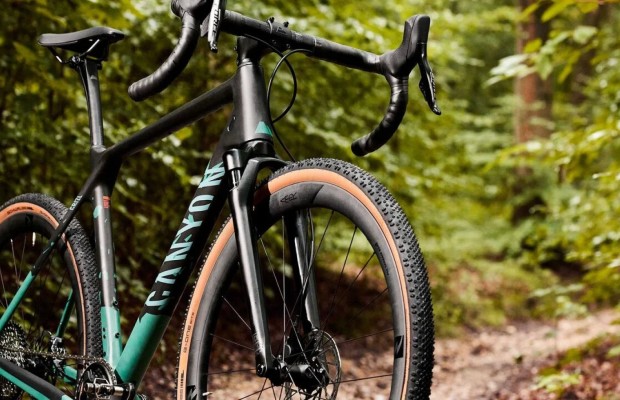
Do you need suspension on your gravel bike?
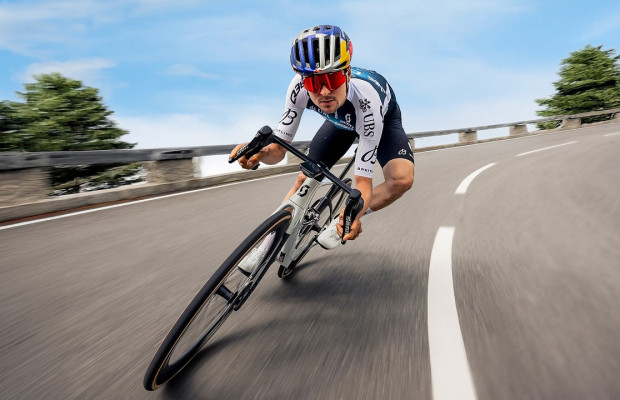
Countersteering, braking and cornering: the basics to improve your cornering skills
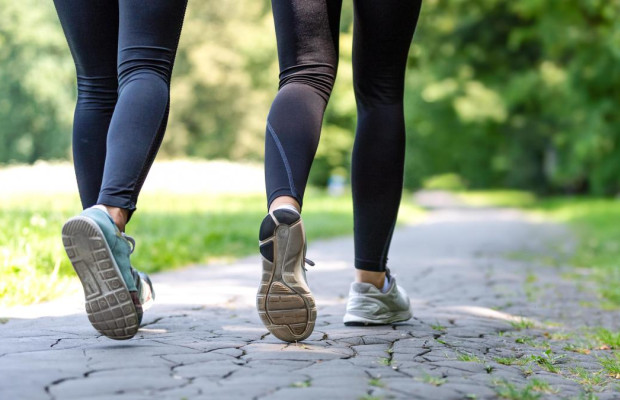
10,000 steps a day or how much on a bike?

How to save weight on your road bike
It's not just about "eating pasta". It's about controlling the timing, amounts, and sources.
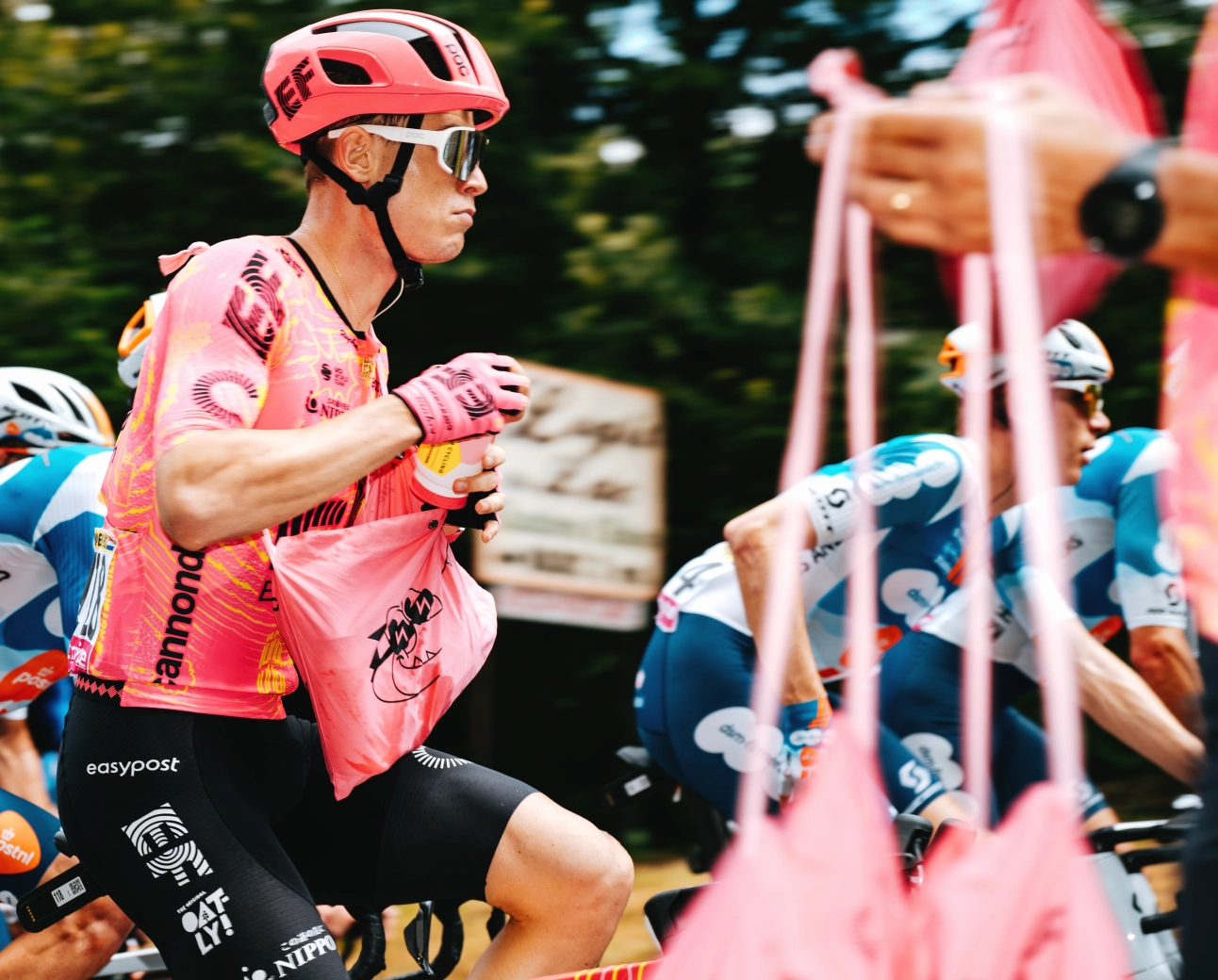
How carbohydrates are used during effort
During a training session or a race, the body mixes different sources of energy: fat, glycogen, and a small amount of protein.
As the intensity increases, the body increases the use of glycogen because it is the fastest and most efficient way to produce energy.
- In low zones (Z1-Z2): more fat and less glycogen are used.
- In medium zones (Z3-Z4): glycogen becomes the main source.
- In high zones (Z5 and VO2max): almost all energy comes from muscle glycogen.
The problem is that these reserves are limited: a cyclist can store between 400 and 600 grams of glycogen, which is equivalent to about 1,600 - 2,400 kcal. On long or intense routes, that's not enough.
Hence the importance of recharge and replenishment strategy.
How much you need: real figures
The carbohydrate requirement depends on the type of training, duration, and intensity.
The most accepted recommendations among sports nutritionists are as follows:
|
Type of day |
Goal |
Recommended carbohydrates |
|
Rest day |
Maintain basic reserves |
3-5 g per kg of body weight |
|
Moderate training (1-2 h) |
Energy and recovery |
5-7 g/kg |
|
Intense training (2-4 h) |
High energy demand |
7-10 g/kg |
|
Stages or ultra endurance (+4 h) |
Maximum load and replenishment |
10-12 g/kg |
For example, a 70 kg cyclist doing a long 4-hour training session would need between 490 and 700 grams of carbohydrates throughout the day.
Not everything has to come from pasta or rice: the key is to distribute those amounts well between meals, drinks, and snacks.
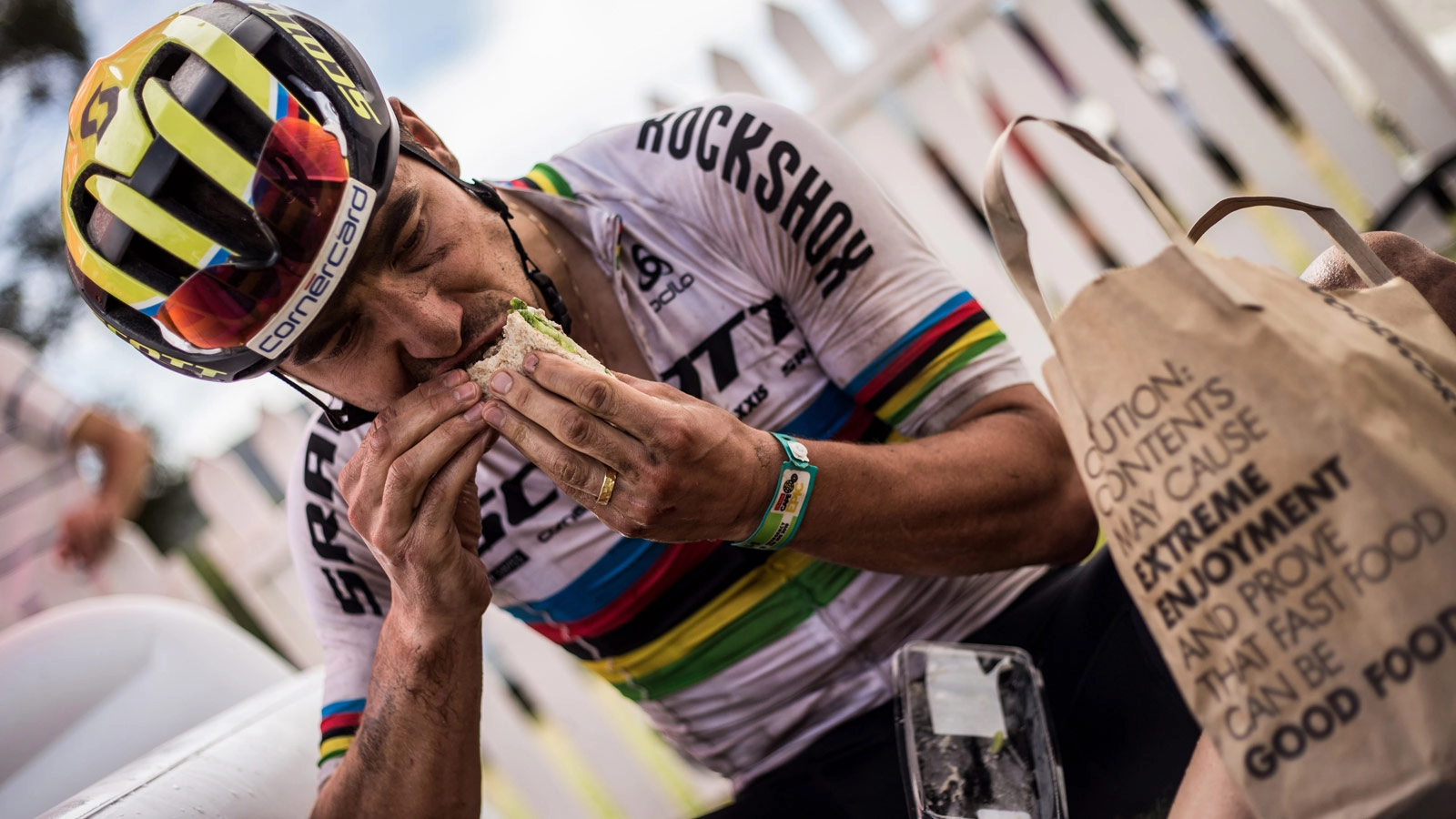
When to take them: timing is as important as quantity
One of the most common mistakes is not adjusting the timing of carbohydrate consumption.
The body does not respond the same before, during, or after exercise.
Before training or race
The goal is to fill glycogen stores.
A good strategy is to have a carbohydrate-rich meal 3-4 hours before the effort:
- White rice or pasta with mild vegetables
- Bread with avocado or honey
- Fruit (banana, mango, apple)
In the two hours before, it is advisable to avoid very fatty foods or those with excess fiber.
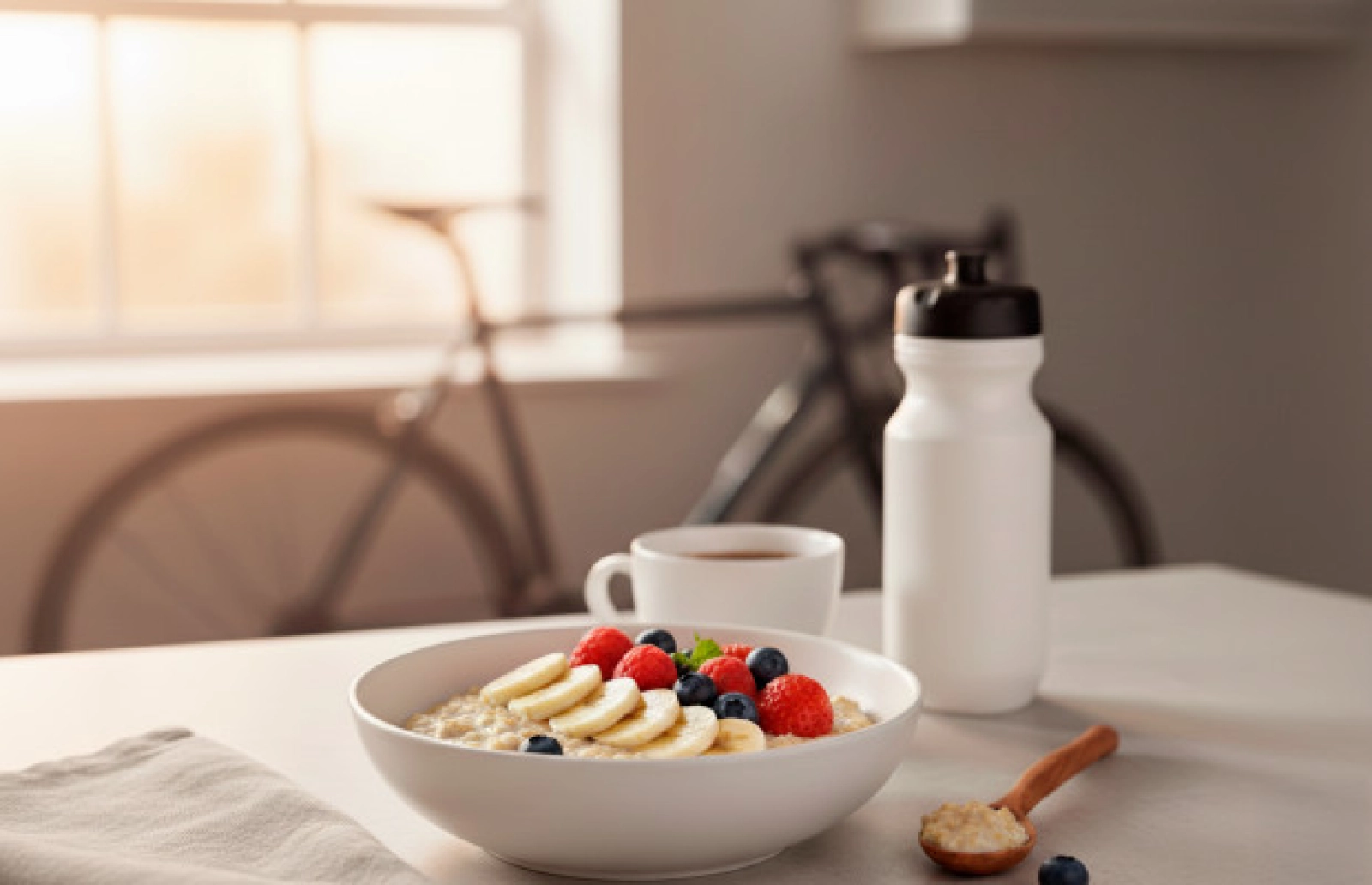
During exercise
The body needs a constant supply of carbohydrates to avoid depleting the stores.
The maximum absorption is around 60-90 g per hour, depending on the type of sugar.
That's why many drinks and gels combine glucose and fructose in a 2:1 ratio.
Practical example:
- 1 bottle with 500 ml of isotonic drink (30 g CHO)
- 1 gel or bar every 30-40 minutes (25-30 g CHO)
After training
The metabolic recovery window is crucial. In the first two hours after exercise, the body is more efficient at absorbing glucose and replenishing glycogen.
The ideal ratio is 1 g of carbohydrates per kg of body weight, combined with proteins (3:1 ratio).
A banana shake with milk and oats or a bowl of yogurt with honey and cereals are perfect options.
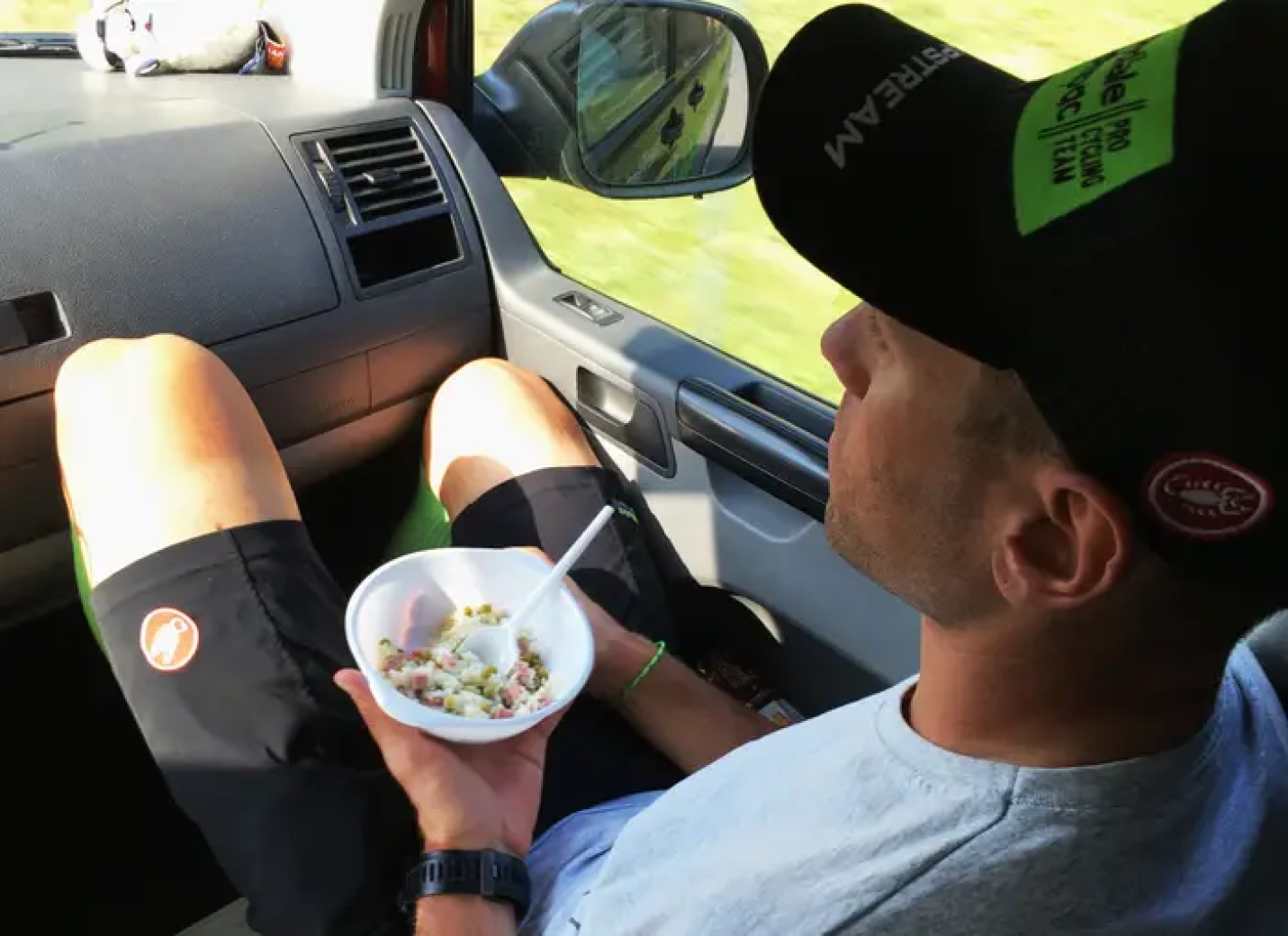
Not all carbohydrates are the same
It's not just about the quantity, but the type.
The quality of carbohydrates determines their absorption speed and their impact on energy and digestion.
Rapidly absorbed carbohydrates:
- Sugar, honey, dates, ripe banana, white bread, white rice: They quickly increase blood glucose and are useful before or during effort.
Slowly absorbed carbohydrates:
- Oats, whole grain pasta, legumes, rye bread, sweet potato: They maintain stable energy and are recommended in main meals or loading days.
The balance between both is key. A good strategy is to use slow carbs before and fast carbs during and after.
Carb loading: more science than tradition
"Carb loading" is a common practice before long races.
It involves increasing carbohydrate intake for 2 or 3 days before the competition to fill glycogen stores to the maximum.
However, many cyclists make two mistakes:
- Eating too much and feeling heavy.
- Changing foods at the last minute.
An effective carb loading does not involve eating more volume, but increasing carbohydrate density and reducing fiber and fat. For example: replacing salads and legumes with white rice, pasta, bread, and fruits. The goal is to arrive on race day feeling light but with full stores.
What about low-carb diets?
"Low carb" strategies or training with low glycogen availability may have their place, but they must be handled carefully.
In advanced cyclists, they can improve metabolic efficiency (using more fat as energy), but they also reduce the ability to train hard and recover.
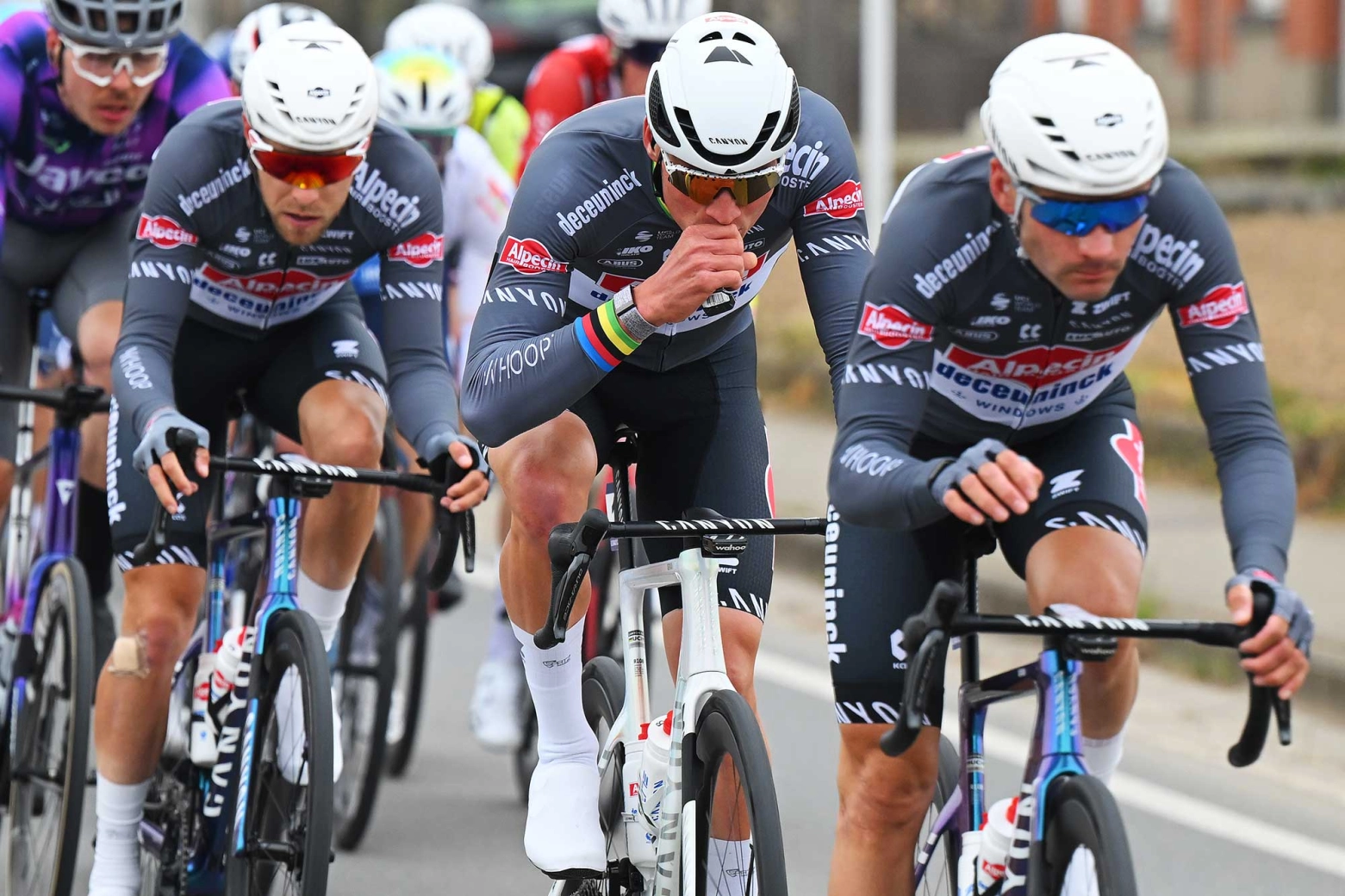
For most cyclists, especially during loading or competition periods, reducing carbohydrates means limiting performance. The priority should be to train well, not train empty.
Practical example of daily distribution
|
Moment |
Goal |
Example of meal |
|
Breakfast |
Load energy for training |
Oatmeal with fruit and honey |
|
During training |
Maintain stable glucose |
Isotonic drink + gel every 40 min |
|
Post-training |
Replenish glycogen and muscle |
Banana shake with cocoa |
|
Snack |
Progressive replenishment |
Yogurt with cereals or bread with honey |
|
Dinner |
Consolidate the load |
Rice with vegetables or light pasta |
Carbohydrates are much more than an energy source: they are the basis of performance, recovery, and the ability to enjoy every ride.
A cyclist who learns to use them intelligently trains better, recovers faster, and avoids that invisible wall that separates a good day from an endless day. The key is not only how much you eat, but when and how you use them.